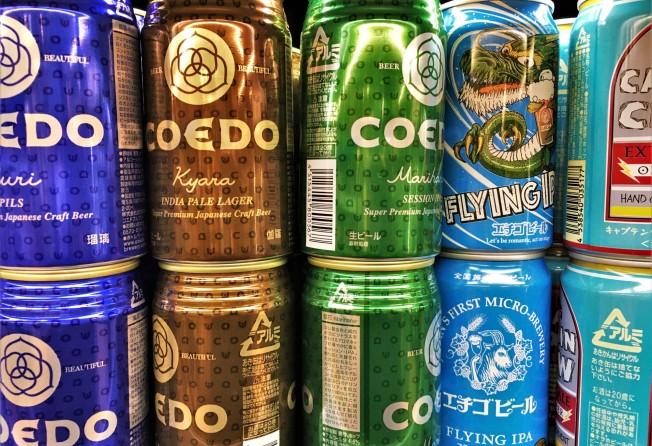
Japanese beer isn’t all Asahi, Kirin and Sapporo – craft beers and bars are seeing a revival, but you’ll have to visit to try many of the best
- Recent popular craft beers including Baird, Shiga Kogen and Yona Yona Ale have joined ‘first wave’ favourites like Echigo, Hitachino Nest and Coedo
- One expert credits the revival on breweries producing American-influenced IPAs and moving away from ‘inauthentic interpretations’ of German beer styles
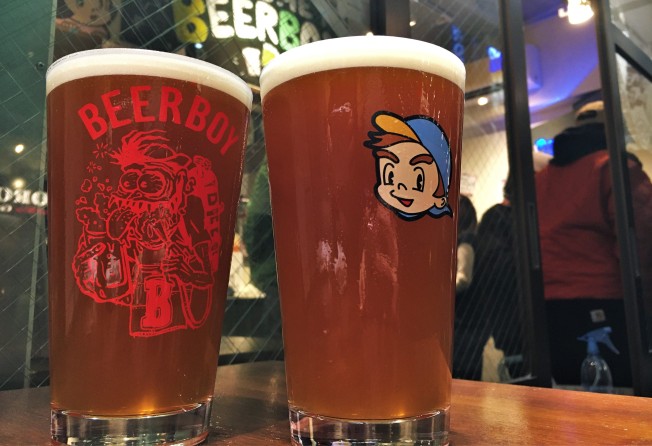
Japan’s most famous beer makers – Asahi, Kirin, Suntory and Sapporo – are as well-known as any Japanese electronics company or car manufacturer in the country and their drinks are consumed widely across the world. But many of the best Japanese beers are seen little outside the nation.
Japanese people love beer, and the country is in the midst of a craft beer renaissance first sparked by a revision to the Liquor Tax Law in 1994, which allowed small-scale breweries to operate by greatly reducing the minimum production needed to get a licence. Many of these initial ji-biru (“local beer”) breweries attracted a steady following.
More recently, the market received a boost in 2018 when a further revision to the law gave beer makers more flexibility when choosing ingredients. In the past five years, the number of beer breweries in Japan has almost doubled to 528, according to drinks supplies manufacturer Kita Sangyo.
As with many modern aspects of Japan, beer-making dates back to the late 19th century, following the Treaty of Amity and Commerce in 1858, which opened Japan up from its centuries-long policy of seclusion from the world.

Japan’s first brewery was Spring Valley, founded in Yokohama by Norwegian-American William Copeland in 1869. It was “one of many enterprises … that opened to cater to Western sailors and residents in the treaty port”, says Eric Rath, professor of history at the University of Kansas and a specialist in Japanese food culture.
Copeland’s brewery went bankrupt and was bought by the Japan Brewing Company in 1885, later rebranding as Kirin in 1907. Spring Valley is the brand name used by Kirin today to denote the company’s own “craft” offerings.
Part of why beer is so popular in Japan today can be traced to government support of breweries during World War II. Citizens were issued with ration cards for beer, and troops on the front lines were supplied with the drink. The war also saw competing sake breweries either shut down or coerced to use jozo – brewer’s alcohol (ethanol) – to conserve rice, which is fermented to make the drink but suffered shortages during the war.
Another reason behind beer’s popularity is simply how easily it can be paired with food compared to sake, Rath explains.
Most of the “first wave” of craft beers after the Liquor Tax Law revision in 1994 started out as “offshoots of nihonshu [sake] makers, looking to use their workers throughout the whole year”, says Rob Bright, co-founder of BeerTengoku, a website dedicated to craft beer in Japan. Makers focused on two things: German equipment and local ingredients. “At the time, for a brewery to be designated as ji-biru, they had to use some local ingredients in their beers, else it wasn’t classified,” Bright says.

But early craft beer varied hugely in quality. “Some of it was terrible,” says Mark Meli, a professor of cross-cultural studies at Kansai University and author of Craft Beer in Japan (2013). “All of it was much more expensive than regular beer, and most people were not used to the styles, so for the first 10 to 15 years, the going was rough.”
Although many early craft beer breweries faded away, some continue operations to this day. These include Echigo Beer, which claims to be Japan’s first microbrewery, Kiuchi brewery’s Hitachino Nest, Coedo, and notable pioneer Sankt Gallen.
Many “craft” products in Japan are often imbued with, or attributed to, kodawari, meaning commitment, or attention to detail. However, the same cannot necessarily be said of beer. Due to strict laws concerning home-brewing (alcohol over 1 per cent ABV cannot be made), beer brewing practice is lacking, which Meli says is a “major problem”.
“Legalising home brewing for personal consumption would have a huge effect on quality, but the government seems too dependent on the crutch of beer taxes,” he says.
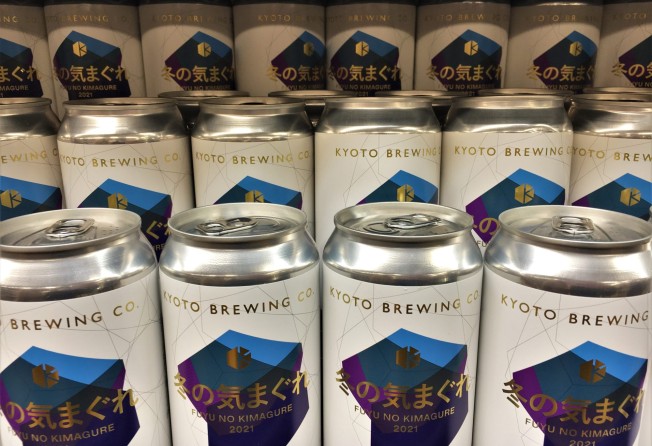
For Meli, the revival of Japan’s craft beer industry began when breweries stopped making “inauthentic interpretations” of German beer styles Kölsch and Altbier, and instead began producing American-influenced IPAs. “I felt things getting much more interesting around 2009, 2010,” he says, citing Baird, Shiga Kogen and Yona Yona Ale as some of the leaders in this regard.
Craft beer remains a niche product in Japan, accounting for around 1 to 2 per cent of total beer sales, according to market research firm Tokyoesque; the firm also states that Kirin president Isozaki Yoshinori expects craft beer’s market share to rise to 3 per cent by 2026, with the possibility of it reaching 5 per cent.
Many young Japanese see sake as an old man’s drink
With the lifting of a recent ban on alcohol being served in Tokyo and surrounding areas – prompted by the latest wave of Covid-19 – popular craft beer bars in the capital city are booming again. Nakameguro neighbourhood’s standing bar Beer Boy, for example, part of the Craft Beer Market chain of beer pubs, is a popular choice, with an ever-rotating menu of on-tap brews to sample.
“People see these [bars] as a place where they can stop off and try a beer close to home, and feel like they are helping out a local business,” Bright says, adding that they help to foster a community spirit. Many of them also work with farmers, or with local communities funding projects.


For some craft beer consumers, however, it’s a matter of image. “A lot of 20-somethings are now in the craft beer bars with their friends, taking a lot of photos – most of them have no idea what a Pilsner or bitter should taste like and don’t care,” Meli says, adding that Instagram and beer-rating app Untappd has helped increase the popularity.
“Ten years ago, none of my university students cared about craft beer, but there are lots of drinkers around that age now. Many young Japanese see sake as an old man’s drink.”
Not everyone is happy with conglomerates taking market share, least of all smaller craft breweries, Meli says. “They feel Kirin is disingenuously posing as ‘craft’ and is stealing taps away from true craft beer.”
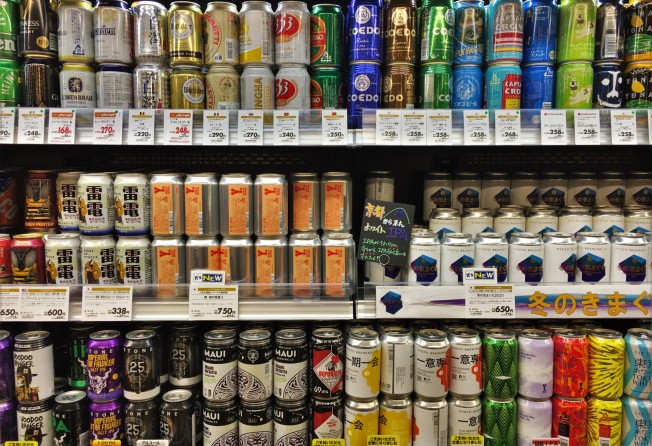
With Japan’s overall domestic beer market shrinking – 2019 was the 15th consecutive year of decline, Tokyoesque reports – moving into craft beer makes sense for large producers like Kirin. Meanwhile, Meli counts 80 new microbreweries since the Covid-19 pandemic began.
“The biggest trend has been the uptick in brewpubs,” Bright says, citing Kunitachi Brewery, established 2020, and Inkhorn Brewing, which opened in January, both in Tokyo, as examples.
“Eco” breweries are also making waves. Rise & Win, based in the city of Tokushima, is billed as a no-waste brewery; it even reuses carbon dioxide produced as a by-product of brewing to carbonate beers further down the line. Handa Ginzan Brewery’s Rusk is a craft beer made with discarded bread, as is Bread by Anglo-Japanese Brewing, which uses crusts from Tokyo-based Bricolage Bread’s rye pain de campagne. Although “different”, beer brewed using upcycled bread works, Bright says. (Asahi also recently introduced its own craft beer made from discarded bread, called Kuramae White.)
“I think you can find better ecological practices in the small, local brewers who try to work closely with farmers and other producers in procuring sustainable products and recycling waste,” Meli says, but warns that consumers often do not look past the label. “Local” sells.
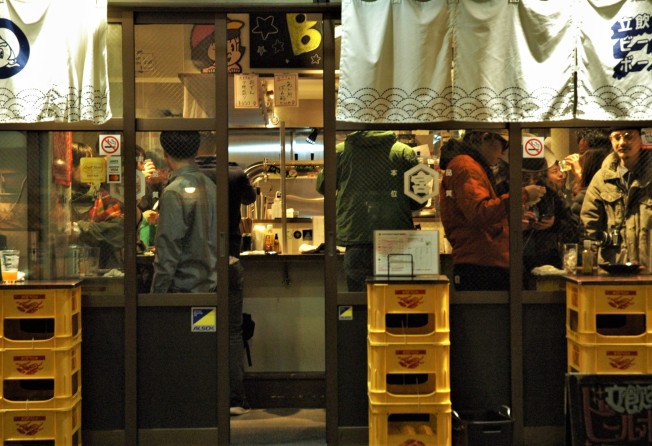
But what sells more is the very notion of beer itself.
“Companies will go out together to bars and restaurants and the first drink is always a beer,” Bright says. “It hits the spot.”